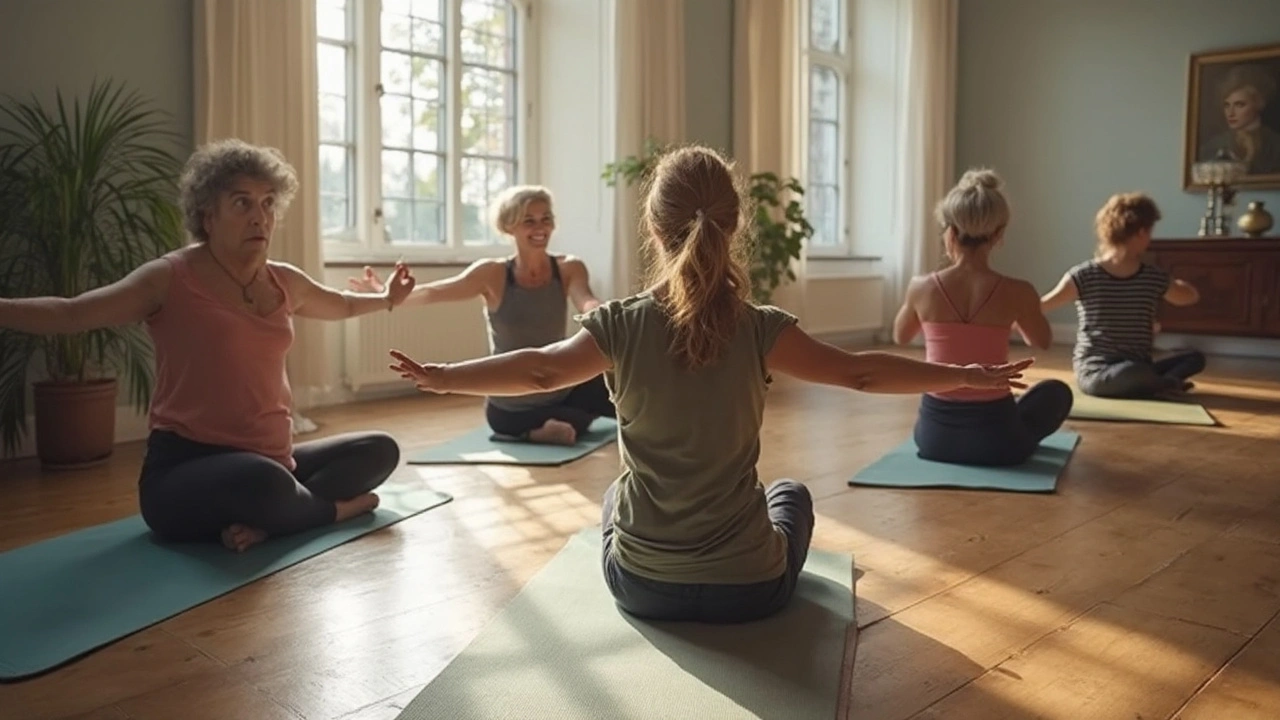Injury Prevention: Smart Habits to Keep You Moving
Here’s a blunt fact: most avoidable injuries happen when we skip the basics. Whether you’re hitting the gym, working a desk job, or giving massages for a living, small daily choices add up. Use these clear, practical steps to cut your risk and recover faster when things go wrong.
Start with movement that matches your goal. If you want to lift heavier, build strength gradually. If you want to sit comfortably through long shifts, fix your posture and break up sitting time. Don’t jump from zero to intense—progress matters more than effort when you want to stay unhurt.
Simple daily habits that make a difference
Warm up for five to ten minutes before any workout or manual work. Walking, light mobility drills, or easy band work wakes up muscles and joints. After activity, pick two quick cooldown moves—gentle stretches or foam rolling—to release tension and speed recovery.
Strength matters. A few focused exercises done twice a week—hip hinges, rows, single-leg balance moves—protect joints and stop compensations that cause pain. You don’t need fancy equipment; bodyweight or one set of dumbbells works fine.
Move often. Sitting or standing in one position for hours weakens muscles and stiffens joints. Set a timer to stand, walk, or do a mobility drill every 30–45 minutes. Small, frequent breaks beat one long stretch of movement every day.
Pay attention to technique. For exercisers, that means proper lifting form. For massage therapists or manual workers, that means using your legs, keeping tools close to the body, and adjusting table height to avoid reaching or bending. Good mechanics protect both you and the client.
Practical recovery and red flags
Sleep, hydration, and nutrition are not optional. Repair happens while you sleep and when muscles have fuel. Aim for consistent sleep, drink water through the day, and include protein after heavy sessions.
Learn the difference between normal soreness and a warning sign. Soreness that improves with movement and lasts a day or two is normal. Sharp pain, swelling, numbness, or loss of strength are red flags—stop the activity and see a clinician.
Use simple tools smartly: ice for acute swelling or sharp pain, heat for tight muscles before activity, and compression for support during recovery. Don’t rely only on passive fixes—hands-on care and active rehab work together best.
Create tiny prevention rituals: check your posture in the mirror, do a one-minute hip opener before work, or add a 5-minute strength routine into your week. Small, consistent habits beat sporadic grand gestures.
If you’re unsure where to start, a short session with a physical therapist or experienced bodyworker can give a clear plan. They’ll show which weak links to fix and how to build a routine that fits your life. Keep moving, stay sensible, and treat your body like the tool it is—maintained, not abused.

How Feldenkrais Training Transforms Your Yoga Practice for Greater Flexibility & Awareness
Discover how Feldenkrais training can level up your yoga. Master mindful movement, boost flexibility, and prevent injuries in your daily practice.

Enhance Your Yoga Practice with Fascia Stretching Techniques
Fascia stretching involves focusing on the connective tissue that wraps around muscles, playing a crucial role in flexibility and movement. Incorporating fascia stretching into your yoga practice can lead to improved posture, enhanced flexibility, and a better sense of balance. By learning about fascia, yogis can prevent injuries and engage more mindfully in their practice. This approach fosters a deeper connection between the body and movements, making yoga more enriching.
Categories
- Health and Wellness (148)
- Alternative Therapies (86)
- Massage Therapy (40)
- Travel and Culture (15)
- Beauty and Skincare (9)
- Holistic Health (8)
- Health and Fitness (5)
- Spirituality (5)
- Other (2)
- Personal Development (2)



